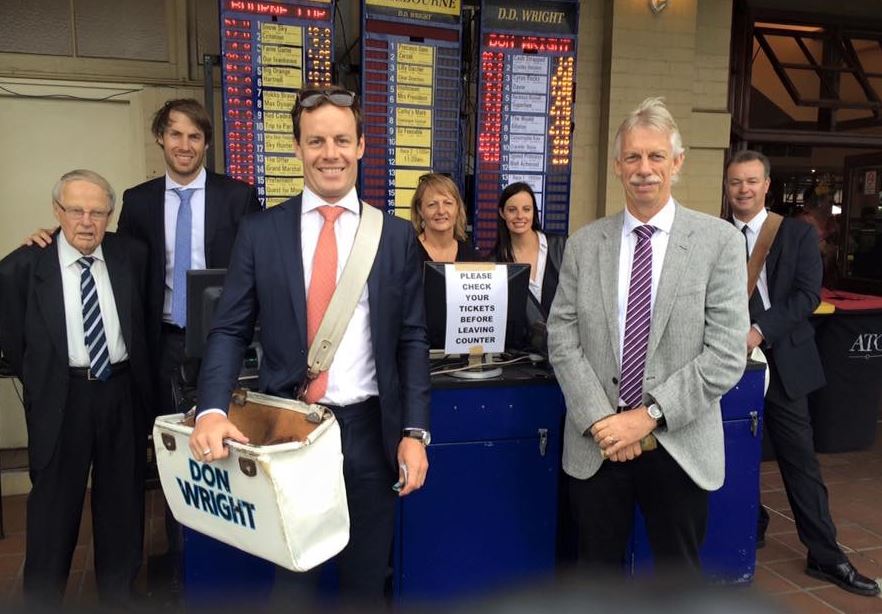Vigorish, often referred to as the juice, cut, or take—or simply shortened to vig—originates from Yiddish slang and derives from a Russian term for winnings.

It represents the bookie’s margin; essentially, it’s the fee they charge for their services. This is what keeps bookmakers wealthy while most of us remain otherwise financially unchanged.
The term “vig” is often used interchangeably with “overround,” and while the concepts are similar and related, there are subtle mathematical differences between them.
The vigorish represents the bookmaker’s margin as a percentage of total stakes.
In contrast, the overround indicates how much greater than 100% a book is, where 100% would represent an even or fair book (for instance, in a two-horse race where both horses have even money odds).
How to Determine the Bookmakers’ Margin
As mentioned earlier, there’s a subtle difference between the vigorish and overround. Although this article’s title uses “vigorish,” punters, comparison sites, and tipsters more commonly emphasize the overround—and that’s what we will focus on here.
To be clear, the vigorish is precisely the profit a bookie earns from an event, depicted as a percentage of all bets placed on that market or contest.
However, it’s worth noting that it can be calculated in various ways depending on its usage; this variability often leads people to prefer examining the overround instead.
The overround indicates the margin a bookmaker is using in a market at any given time. It’s based on odds, which fluctuate, so the overround changes accordingly.
It doesn’t reveal profit since that would require information about total stakes placed on each bet side, how odds shifted throughout betting, and which outcome won.
Still, it’s the fastest and simplest method to determine if a bookie offers “good” or “bad” odds.
How Much Vig Do Bookies Add?
Bookmakers incorporate a margin, known as vig or overround, into their odds. This can vary across different websites, sports categories, and betting markets.
Margins differ widely between various sports and leagues; moreover, they aren’t distributed evenly among all possible outcomes within any given market.
Typically, there is less margin on favorites at the forefront of the market compared to long shots where margins are higher.
Differences in bookie margins can be substantial since true probabilities for events aren’t definitively known.
For instance, in the English Premier League (EPL), an expected overround ranges from 5% to 12%. In contrast, it’s often higher—increased to anywhere between 10% and up to even 20%—in El Salvador’s Primera Division matches.
The correct score bets usually provide unfavorable value due to high overrounds ranging from at least 120%, with potential highs reaching around160%.
On another note side: Asian handicaps—or similarly structured wagers—tend towards lower overhead rates —particularly when dealing US-based sporting contests that present straightforward binary choices concerning teams involved therein achieve more favorable conditions overall.
What Factors Influence the Vig or Overround?
As we’ve observed, the overround can differ greatly among various bookmakers, sports, and markets. This variation is due to multiple factors that often combine to account for why margins fluctuate so drastically.
Here is a summary of the key factors to consider:
Bookmakers set odds based on resources and strategic choices, with tightest margins in popular sports and markets for high stakes.
Niche sports and leagues offer varying betting odds, with football having a lower overround margin due to bookmakers’ competitiveness and specialized knowledge of fans.
Simple bets have lower overround due to difficulty in understanding probability, while complicated bets like bet builders offer higher overrounds, allowing bookmakers to offer less favorable odds.
Asian handicaps have low margins due to fewer options, while determining fair odds in correct score markets can be challenging for most bettors.
Do Bookmakers Always Aim to Balance Their Books?
The practice of bookies offering odds that are lower than the fair value is quite similar to how a store purchases a table at one price and sells it for more.
It is widely acknowledged that businesses, whether they’re bookmakers, furniture stores, or any other type of enterprise, need to generate a profit.
However, there is a significant distinction between most retail operations and the gambling industry. For instance, when a store sells a table for £200 after purchasing it for £100, they can be certain of making a profit. The situation is considerably different with bookmakers.
Although their odds include a profit margin due to the vig, or overround, bookies can still incur losses on a match, race, or event.
In fact, it’s not uncommon to see headlines about bookmakers losing millions at events like Cheltenham and other major race meetings or during significant football tournaments such as the Premier League.
This is because bookmakers rarely maintain a perfectly balanced book, and if the outcomes are unfavorable to them, they can lose and indeed do.

